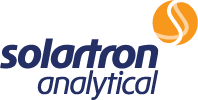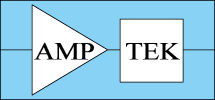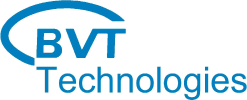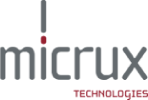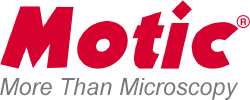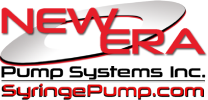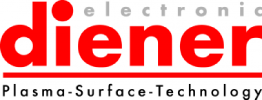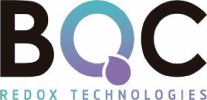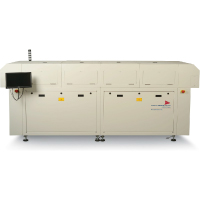THERMAL CURING SYSTEMS
Manufacturers know that the coating, dispensing and/or potting process doesn't end once the material is applied. Most materials require some sort of finishing step, or cure force, to dry, harden or cure the coating. For those materials that require thermal cure forces, RotaLab provides catalytic curing ovens that are robust, reliable and ensure that your process is as efficient as possible.
Curing ovens may differ by the technology used for the heating process. In most cases, thermal cure is accomplished either by convection heating or by infrared (IR) heating. Hybrid systems that combine both technologies are also available, and they offer several advantages over convection heating alone.
Infrared cure ovens provide process flexibility, long service life and exceptional energy efficiency. They also have a faster cycle compared to convection cure ovens. Infrared radiation is commonly used to dry textiles and paper products, heat metals and plastics, and dry and cure paints. On the other side, convection cure ovens have long been a leading choice for the uniform, efficient and highly consistent cure of solvent and waterborne coatings, adhesives and powder coatings. Convection ovens distribute heat evenly, and are well-suited to parts with complex shapes. Heat energy is moderate, rather than high intensity, so convection is compatible with many substrates. This is not possible with line-of-sight heating technologies like IR.
Our thermal cure systems can mate with coating systems for seamless coating and curing. They can also function as stand-alone units and/or in conjunction with a production line via SMEMA compatibility.


